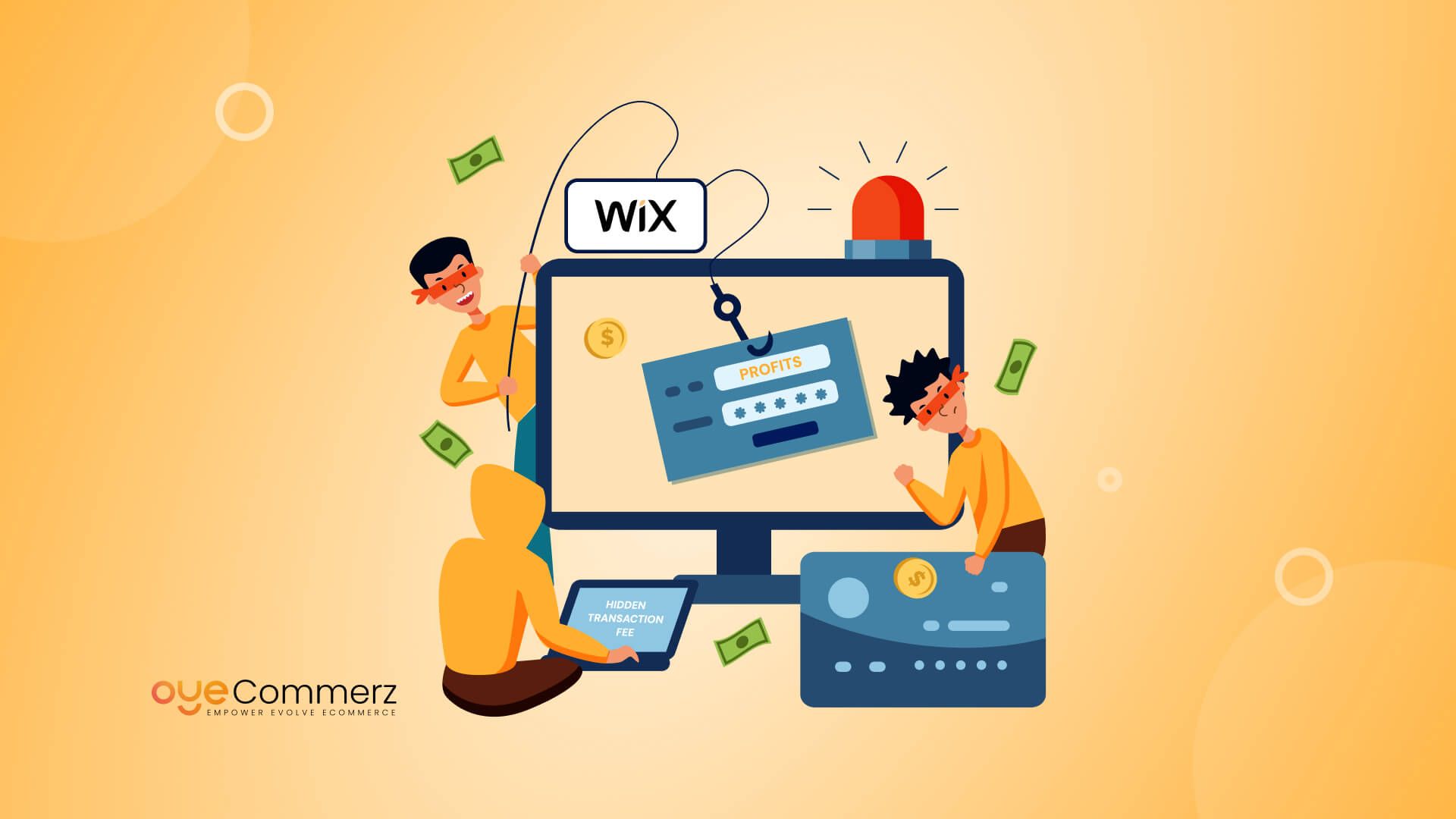In the current digital environment, choosing the right e-commerce platform is crucial for enterprise growth. If you are currently utilizing Wix but thinking about a move to Shopify, you're not alone. Many companies are transitioning to Shopify to leverage its powerful features, scalability, and dedicated e-commerce solutions. This article will outline the transition process, guaranteeing a seamless move and setting you up for e-commerce success.
Why Migrate from Wix to Shopify?
Before diving into the transition process, it's essential to recognize why Shopify could be a better choice for your e-commerce needs:
- E-commerce Focus: Unlike Wix, which serves multiple website types, Shopify is engineered specifically for e-commerce, offering advanced features and functionalities optimized for online selling.
- Growth Potential: As your company grows, Shopify can easily handle higher visitor volumes and transactions capacity without sacrificing performance.
- Wide-ranging App Ecosystem: Shopify provides a vast collection of apps that can enhance your store's capabilities, from marketing tools to inventory management solutions.
- SEO Capabilities: Shopify provides better SEO tools, which can assist in improving your store’s presence on search engines.
- Payment Options: With numerous payment gateways available, including Shopify Payments, you can offer customers a wide range of options.
Getting Ready for Transition
To ensure a trouble-free migration from Wix to Shopify, adhere to these preparation steps:
1. Save Your Information
Download all your information from Wix, including item information, customer information, and order history. This step is crucial as it guarantees you have a backup of all data before initiating the transfer.
2. Choose Your Shopify Plan
Assess the different Shopify plans available and select one that aligns with your business requirements. Consider factors such as costs, features included, and growth potential.
3. Create Your Shopify Shopify SEO Profile
Create your Shopify profile and familiarize yourself with the platform’s dashboard and tools.
The Migration Process
Now that you are ready, it’s time to migrate your store from Wix to Shopify. Here’s how:
1. Transfer Items
Utilize Shopify's built-in migration utility or external migration apps like Cart2Cart or LitExtension to move your items from Wix to Shopify.
Make sure that product descriptions, images, costs, and options are accurately transferred.
2. Transfer Customer Data
Import client details such as user names and email addresses into your new Shopify store. This step is vital for maintaining client connections and marketing efforts.
3. Set Up Payment Gateways
Set up transaction methods in your Shopify store to ensure seamless transactions. You can select from various platforms like credit cards, PayPal, and more.
4. Backup your data Personalize Your Store Design
Select a theme that reflects your brand identity. Modify it using Shopify's design tools to create an appealing and user-friendly shopping experience.
5. SEO Optimization
Implement SEO best practices during the transition process:
- Configure 301 redirects from old Wix URLs to new Shopify URLs.
- Enhance item names, descriptions, and photos with targeted search terms.
- Update meta tags and alt texts for improved search engine visibility.
Post-Migration Steps
Once your store is live on Shopify, consider these post-migration steps:
1. Test Your Store
Perform comprehensive testing of your new store:
- Verify product pages for correctness.
- Verify transaction methods.
- Ensure all hyperlinks work correctly.
2. Promote Your Store
Broadcast your new store launch through newsletters and social platforms.
Consider running special offers or sales to draw customers.
3. Monitor Performance
Use analytics tools within Shopify to monitor revenue growth and customer behavior.
Adjust your strategies based on performance analytics.
Conclusion
Migrating from Wix to Shopify can significantly improve your e-commerce capabilities and lay the foundation for growth and success. By following this manual and taking a systematic approach to the migration process, you can ensure a smooth transition that reduces downtime and maximizes opportunities for revenue. Embrace the change and see your online store thrive on its new platform!
